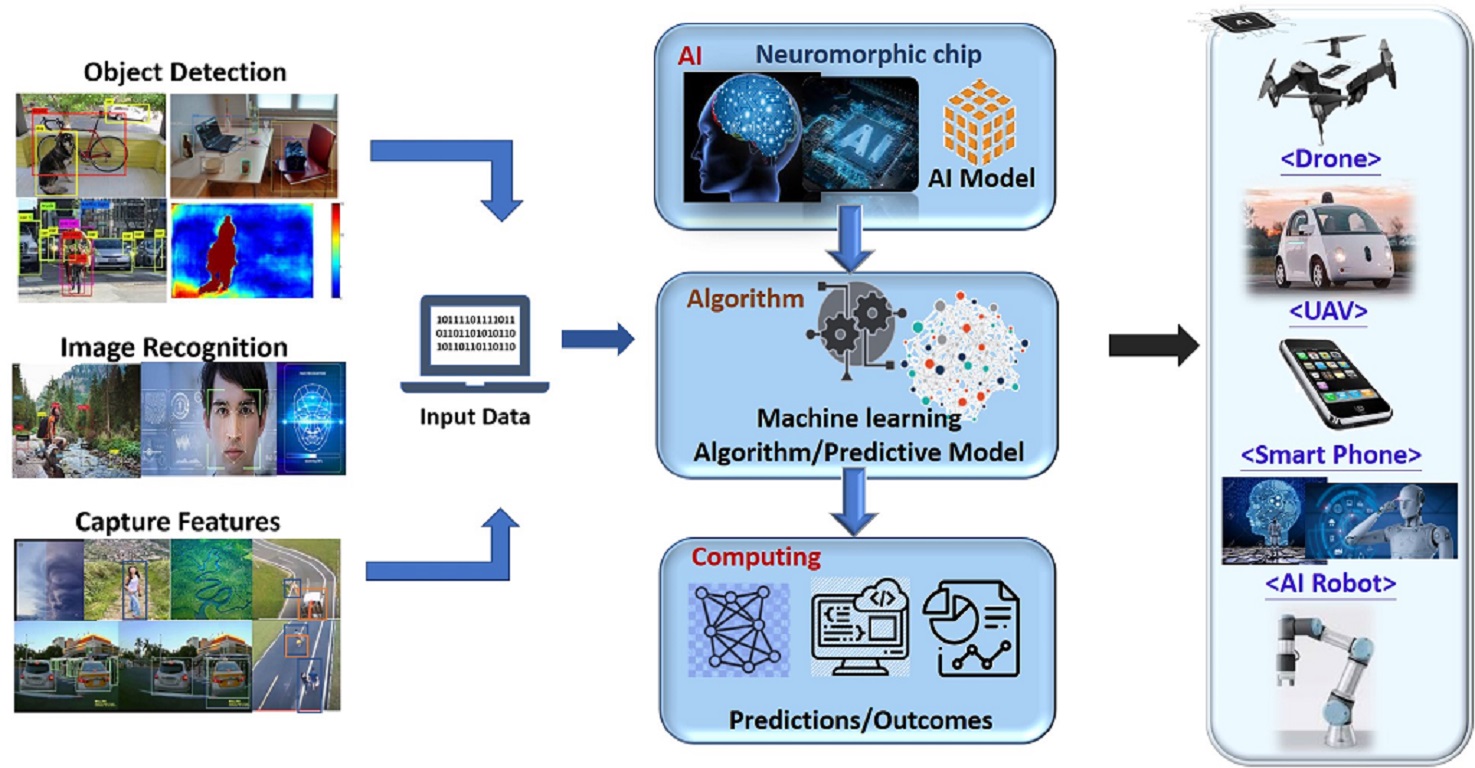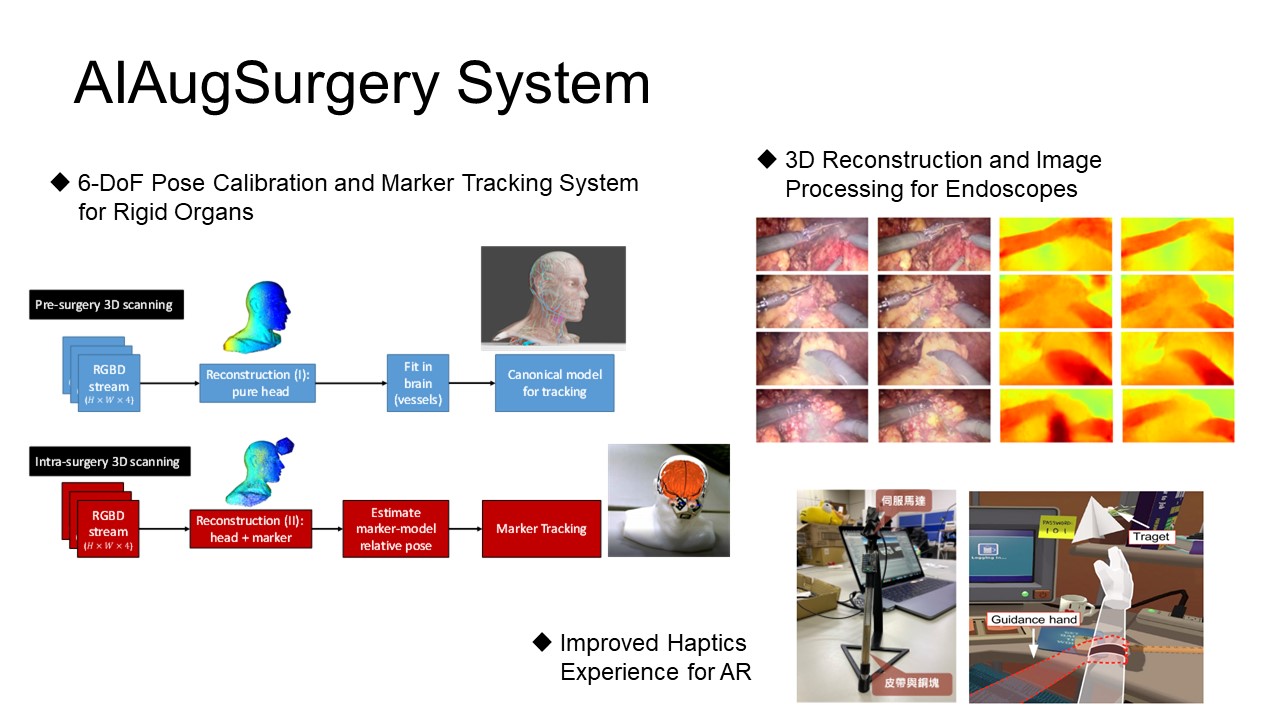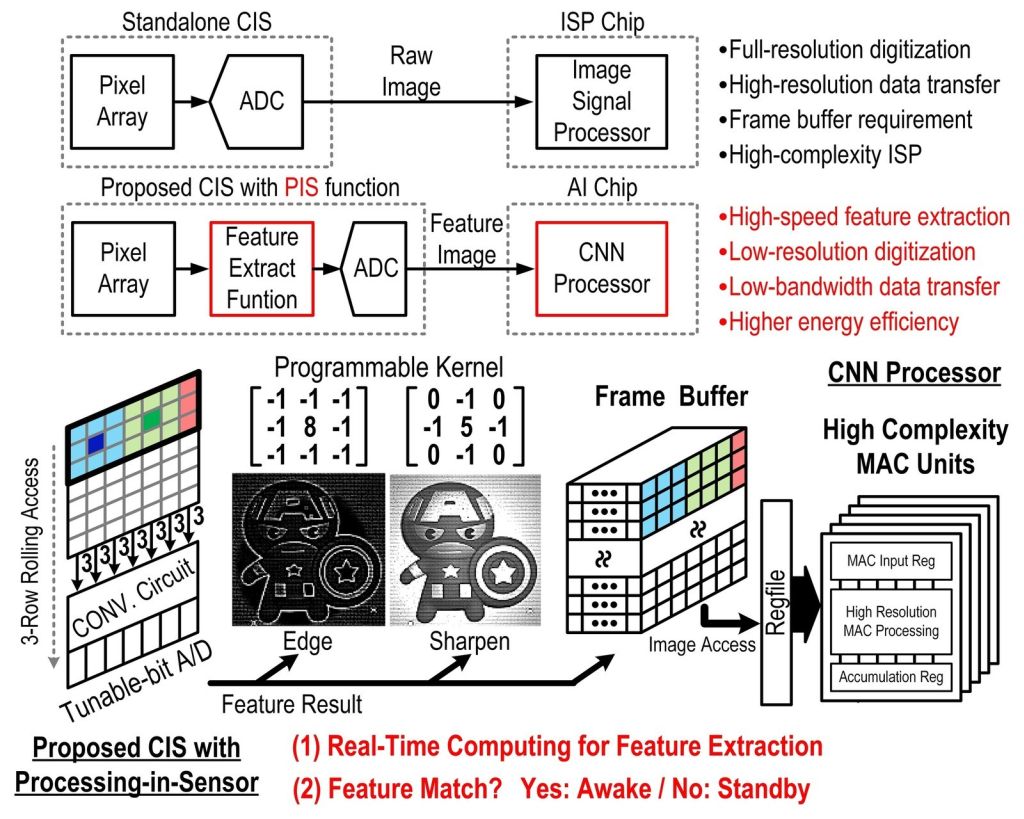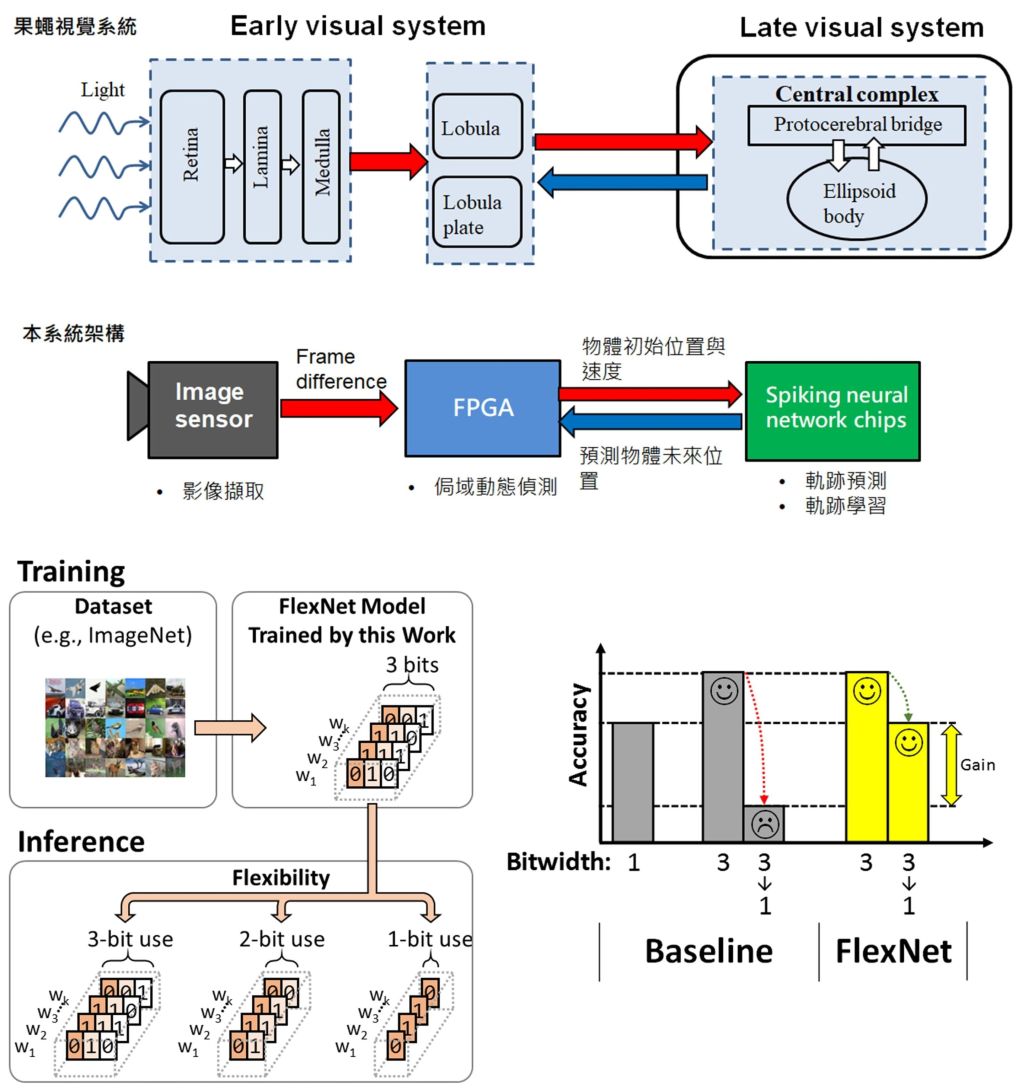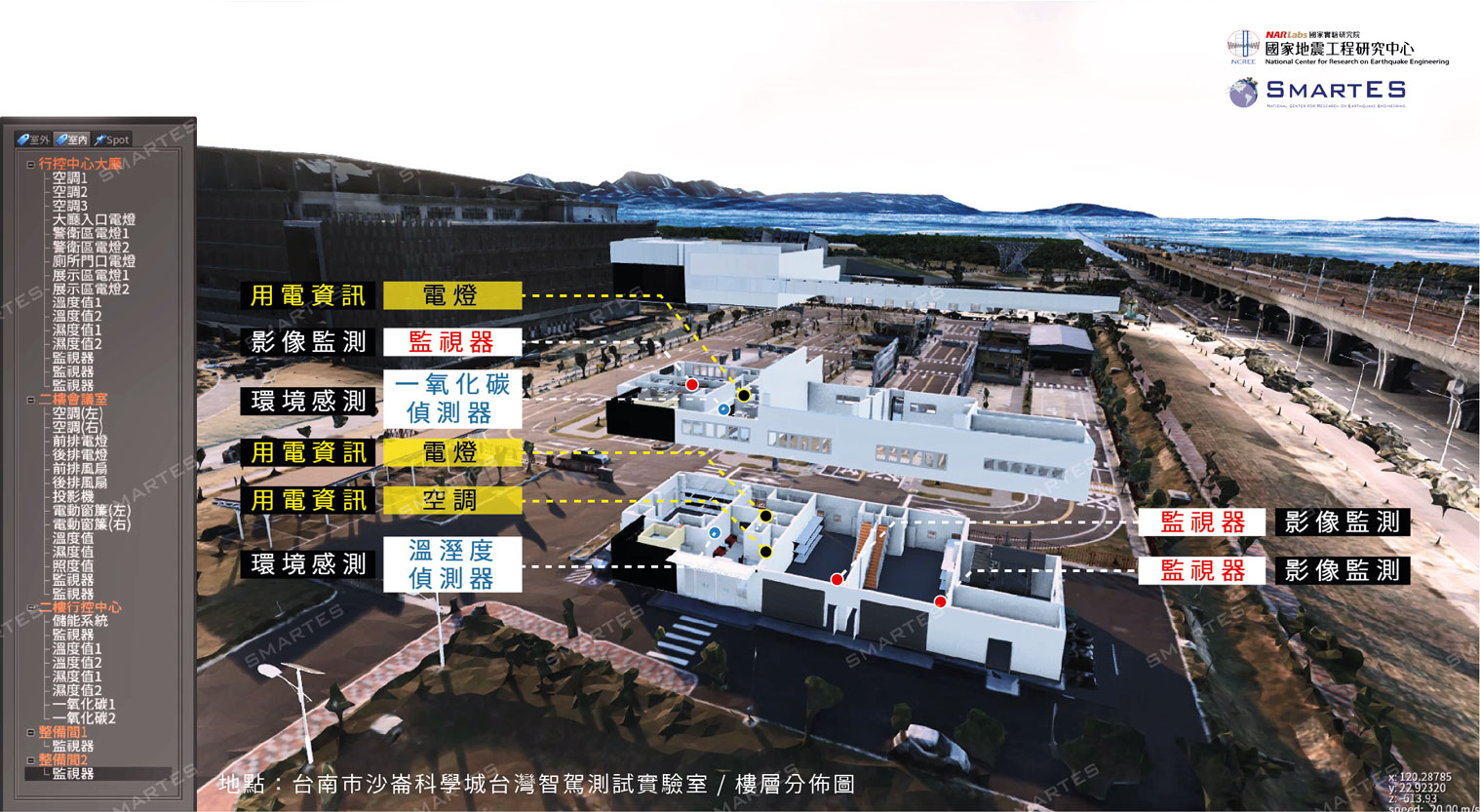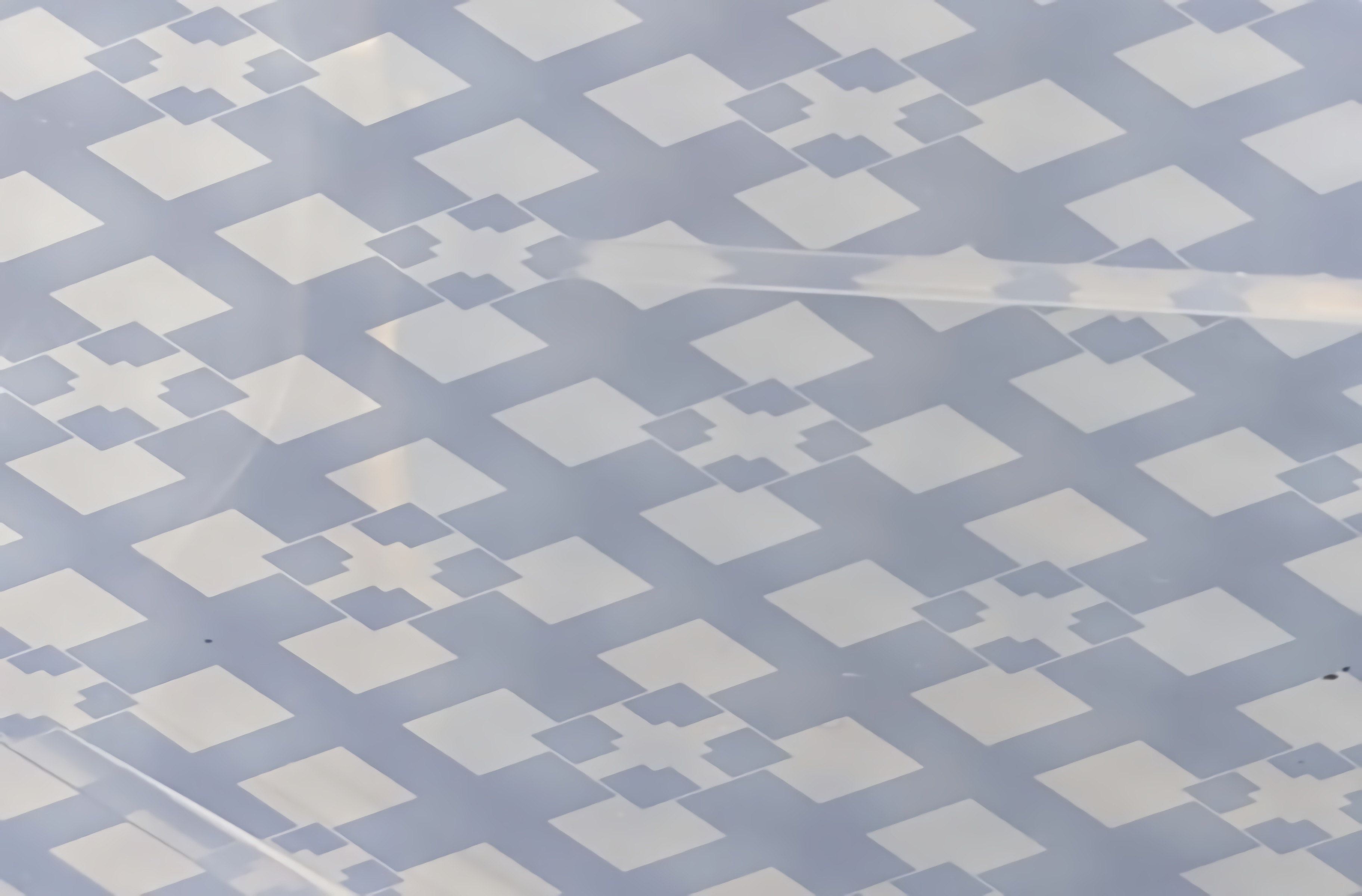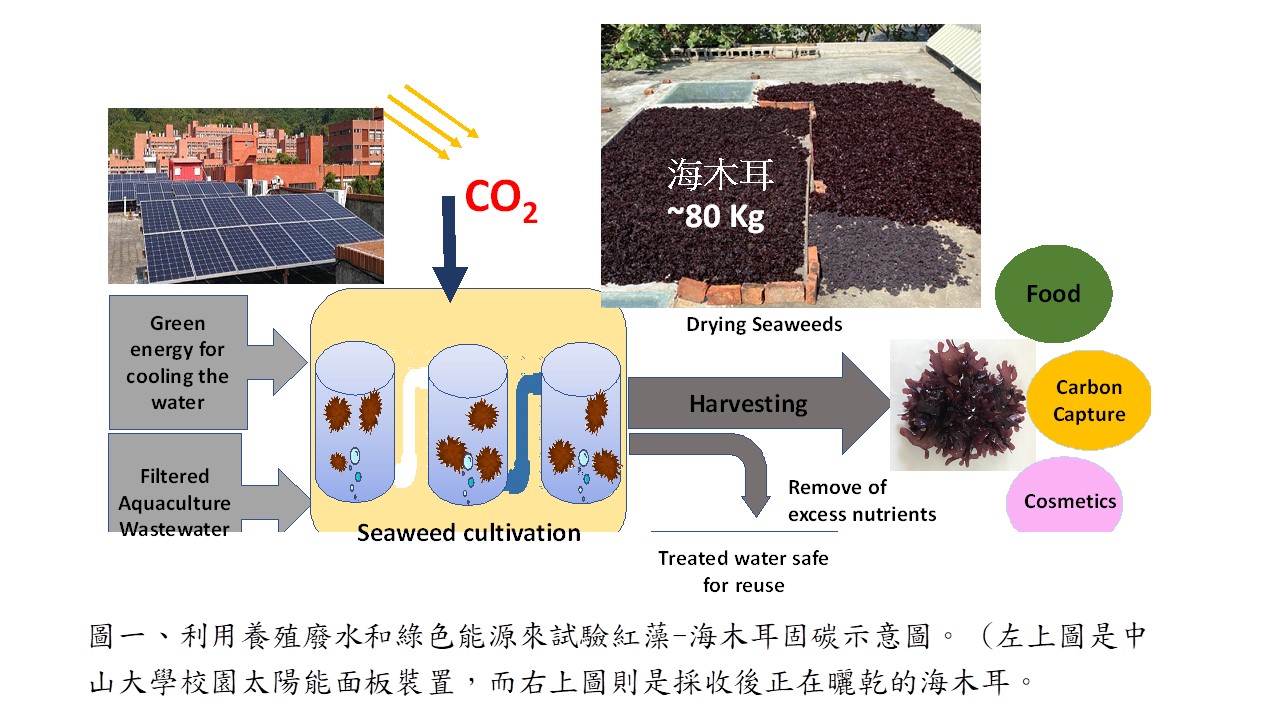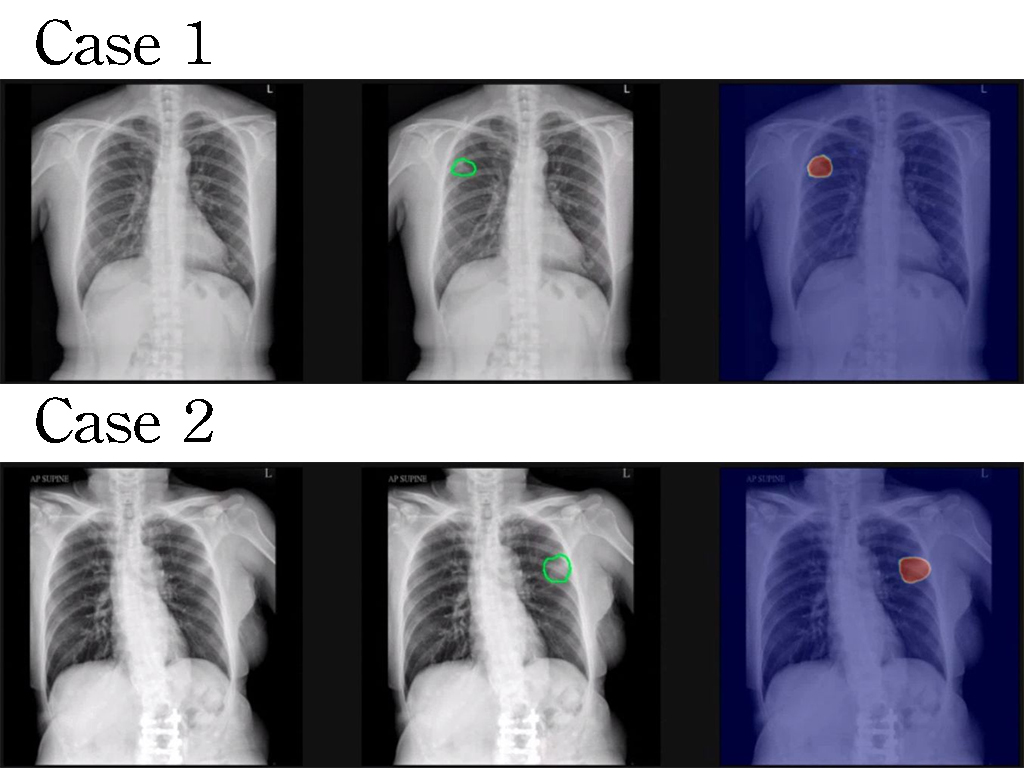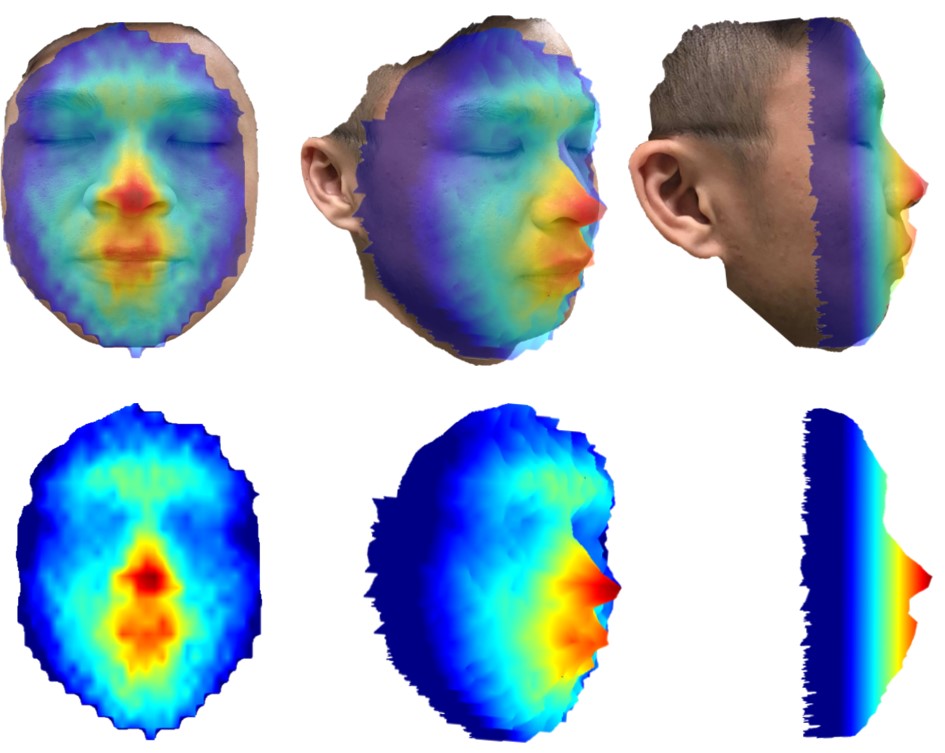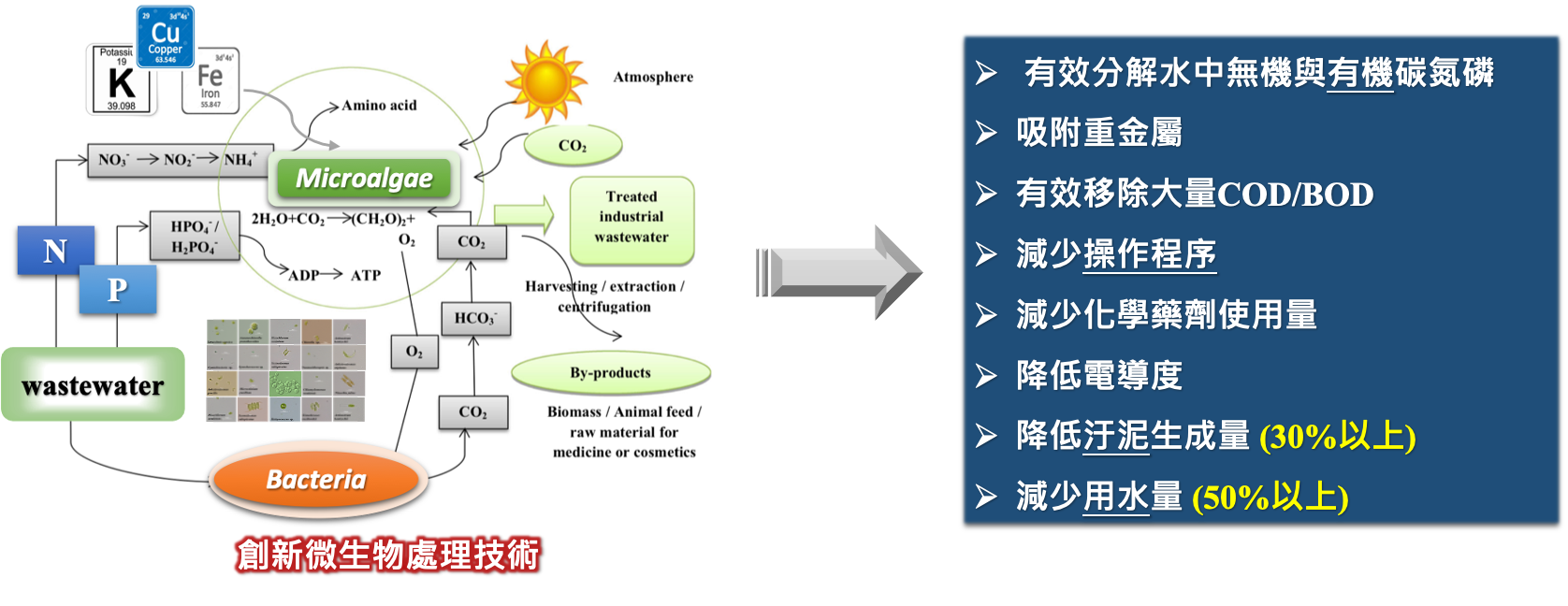| Technical Name |
Neuromorphic Intelligent Visual System for Low-Power Edge Devices |
| Project Operator |
National Tsing Hua University |
| Project Host |
鄭桂忠 |
| Summary |
1.Low-Power Processing-in-sensor CMOS Image Sensor
2.Implementation of Low-PowerLow-Latency Deep Learning Chip based on Neuromorphic Intelligence (collaborated with MOST 108-2622-8-007-009)
3.Development of Neuromorphic Chip based on The Fruit Fly VisualSpatial Sensory Systems
4.Hardware-Software Co-Design for Neuromorphic AI Chips |
| Scientific Breakthrough |
1.The computational CMOS image sensor (C2IS) with array-parallel computing can perform always-on feature extraction.
2.Multi-precision computing in SRAM increases the DNN accuracyperformance.
3.Based on real NN to design a low power object tracking neuromorphic chip with learning rule.
4.FlexNet resolves the issue that incurs 30 extra accuracy loss when changing the bit width of AI chips at run time. |
| Industrial Applicability |
1.Apply on low power edge devices in future which enables the smart vision everywhere.
2.Our work can be applied on the IoT device, realize low powersmart computing.
3.This system can be implemented in low-powered unmanned vehicles, enabling them to void dangerous objectsto perform visually guided landing.
4.FlexNet is an enabling technique of battery-powered AI products without a large heatsink such as smartphonesdrones. |
| Keyword |
Convolution CMOS image sensor SRAM in-memory computing Multi-bit precision computing Neuromorphic chip Learning rule Object tracking and prediction. Low-bitwidth CNN Run-time bitwidth flexibility Power-accuracy tradeoff Processing-in-sensor |


